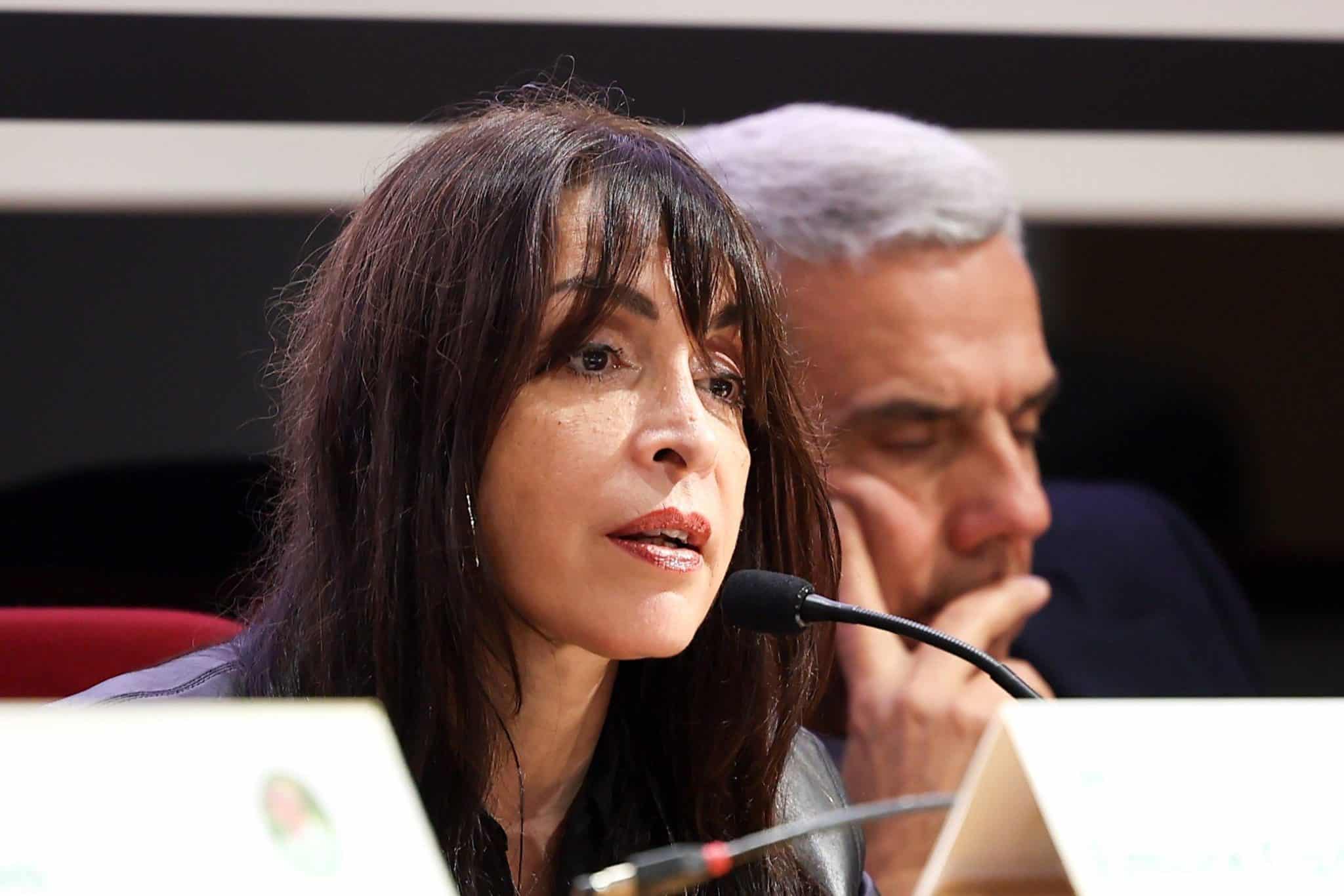
Based on an interview with Emilce Cuda, dubbed Pope Francis’ Catholic social teaching expert in the Vatican, this article examines the continuity and bravery of the new pope, as reported by Religión Digital (Spain)
Following four rounds of voting in the conclave, the College of Cardinals elected Pope Leo XIV—and in the words of Vatican theologian, Emilce Cuda, the choice represents not just a successor to St. Peter, but a successor to the vision and pastoral path initiated by Pope Francis.
Robert Francis Cardinal Prevost of the Order of St. Augustin, an American by birth and Latin American by mission as well as a Peruvian citizen, has been elected to lead the Catholic Church at a time Cuda describes as “a moment in history that demands both continuity and courageous renewal.”
Cuda, an Argentine theologian and secretary of the Pontifical Commission for Latin America, shared her reflections on the new pope in an interview with Religión Digital, a leading Spanish-language religious news portal.
A bridge between north and south
Born in Chicago, Pope Leo spent years as a missionary and later as bishop in Chiclayo, Peru. Prior to that, he served as the superior general of the Order of Saint Augustine, residing just steps from St. Peter’s Square. His pastoral and ecclesial experience spans both North and South America—an embodiment, Cuda says, of his role as pontifex, or bridge-builder.
“This pope is a builder of bridges—not only between continents but between ecclesial visions,” Cuda observed. “He brings the strength of Latin American pastoral sensibility and the clarity of North American pragmatism.”
…Pope Leo spent years as a missionary and later as bishop in Chiclayo, Peru. Prior to that, he served as the superior general of the Order of Saint Augustine, residing just steps from St. Peter’s Square. His pastoral and ecclesial experience spans both North and South America…
Chosen by Francis
Cuda, who worked closely with the late Pope Francis and with then-Cardinal Prevost at the Vatican, makes no secret of the new pope’s close alignment with his predecessor.
“He was Francis’ chosen one,” she stated plainly. “They met every Saturday at [Casa] Santa Marta. And Francis placed his trust in him—appointing him prefect of the Dicastery for Bishops, one of the most influential positions in the Roman Curia, and later elevating him to cardinal bishop.”
Cuda emphasised that the appointment was not just a mark of favour, but a sign of continuity in Francis’ reform agenda. “Francis didn’t build a finished product—he began a process,” she said. “And Cardinal Prevost has both the temperament and the decisiveness to carry it forward.”

The charisma to mobilise
While some might describe the new pope as reserved or understated, Cuda rejects the notion that charisma must be theatrical.
“Charisma isn’t about grand gestures—it’s about the ability to mobilise hearts and minds without coercion,” she explained. “Prevost is a man of few words, but his actions speak powerfully. He’s someone who moves others—not with showmanship, but with conviction.”
This pope is a builder of bridges—not only between continents but between ecclesial visions. He brings the strength of Latin American pastoral sensibility and the clarity of North American pragmatism
Emilce Cuda
Cuda added that Cardinal Prevost’s leadership style reflects the Bergoglian principle that “time is greater than space”—a reminder that the Church’s mission unfolds in historical processes rather than quick wins.
“This isn’t about dominating a space,” she said, “but nurturing a long-term path that may span generations. Cardinal Prevost understands that deeply.”
Courage and humanity
In speaking about his personal qualities, Cuda described the new pontiff as both courageous and deeply human.
“He is not afraid to make hard decisions, and he takes full responsibility for them,” she said. “At the same time, he is warm and approachable. He has a sense of humour, and when he hears something ironic or funny, he laughs openly. That kind of humanity is rare.”
Reflecting on her early impressions of him, Cuda admitted she never imagined him as a future pope—but was quickly won over by his authenticity and pastoral spirit.
A papacy for a changing world
In assessing recent papacies, Cuda places each Pope within the context of the Church’s historical challenges: Pope St. Paul VI engaging with emerging socialism, Pope St. John Paul II confronting communism, Pope Francis navigating populism in Latin America.
“Today, we face a new geopolitical reality, one marked by what I call neo-feudalism—a fragmented world order with shifting power centres,” she said. “To navigate this, we need a pope who can understand and engage with the logic of the United States, and that’s exactly what Cardinal Prevost can do.”
She concluded, “He is the right person for this moment in history—not to replicate Francis, but to carry forward his process with discernment and the flexibility to meet changing times.” SE








